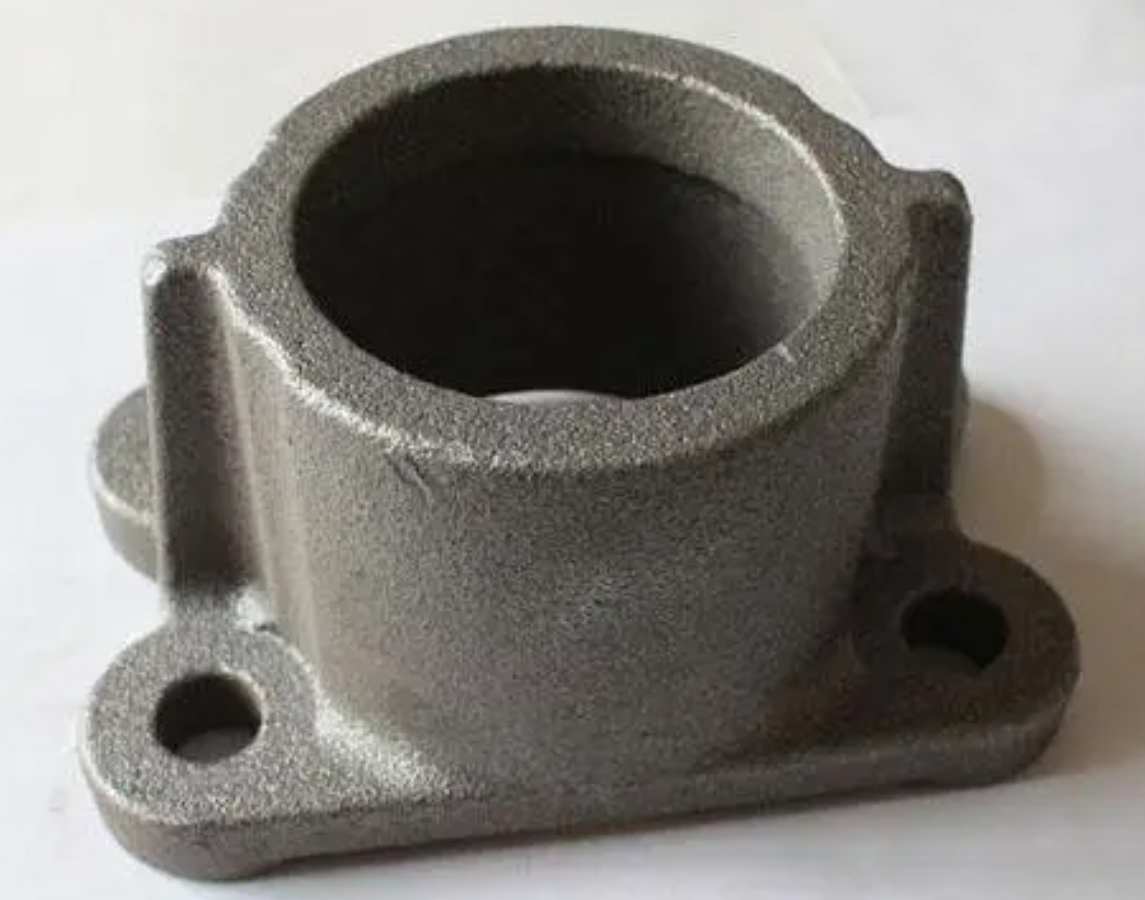Overview of Shell Mold Sand Casting
2024-05-24
Shell mold sand casting, also known as shell molding, is a metal casting process that uses a resin-bonded sand mixture to create molds for casting metal parts. This method combines the precision of investment casting with the strength and durability of sand casting. Here's an overview of the shell mold sand casting process:
Overview of Shell Mold Sand Casting
1. Pattern Creation:
- The process begins with the creation of a pattern, typically made of metal or wood, that represents the final shape of the desired metal part.
2. Mold Production:
- A two-piece mold is created using a mixture of resin-coated sand. This sand mixture is compacted around the pattern to form the mold cavity.
3. Shell Formation:
- The mold is heated to a specific temperature, causing the resin in the sand mixture to cure and harden, forming a rigid shell around the pattern.
4. Pattern Removal:
- Once the shell has solidified, the pattern is removed from the mold, leaving behind a hollow cavity in the shape of the desired part.
5. Casting:
- The two halves of the mold are assembled and securely clamped together. Molten metal is then poured into the cavity through a gating system.
6. Cooling and Solidification:
- The metal cools and solidifies inside the mold cavity, taking on its final shape.
7. Mold Breakout:
- After the metal has cooled, the shell mold is broken away from the casting, revealing the finished metal part.
8. Finishing:
- The casting may undergo additional finishing processes, such as grinding, machining, or surface treatment, to achieve the desired final dimensions and surface quality.
Key Features
1. Accuracy and Surface Finish:
- Shell mold sand casting produces parts with excellent dimensional accuracy and surface finish, often requiring minimal additional finishing.
2. Complex Geometries:
- This method can accommodate complex part geometries and intricate details, making it suitable for a wide range of applications.
3. High Production Rates:
- Shell mold sand casting is capable of high production rates, making it economically viable for both small and large production runs.
4. Material Versatility:
- It can be used with a variety of metals, including aluminum, iron, steel, copper, and magnesium, providing flexibility in material selection.
Advantages
1. High Dimensional Accuracy:
- Produces parts with tight tolerances and precise dimensions, suitable for applications requiring close fit and alignment.
2. Excellent Surface Finish:
- Results in smooth surface finishes with minimal surface defects, reducing the need for secondary finishing operations.
3. Uniform Cooling:
- Shell molds provide efficient heat transfer during casting, resulting in uniform cooling rates and minimizing the risk of internal defects.
4. Cost-Effective:
- Offers cost advantages for medium to large production runs due to its relatively low tooling costs and high production rates.
Disadvantages
1. Tooling Complexity:
- Initial setup and tooling costs can be higher compared to other casting methods, particularly for complex part geometries.
2. Limited Mold Life:
- Shell molds have a limited lifespan and may degrade over time, requiring periodic replacement.
3. Size Limitations:
- Not suitable for very large or heavy castings due to limitations in mold handling and pouring capabilities.
Applications
1. Automotive:
- Engine components, transmission parts, and chassis components requiring high strength and dimensional accuracy.
2. Aerospace:
- Aircraft engine components, turbine blades, and structural parts requiring lightweight construction and high-performance properties.
3. Industrial Machinery:
- Pump housings, valve bodies, and hydraulic components requiring corrosion resistance and dimensional stability.
4. Consumer Goods:
- Household appliances, decorative hardware, and consumer electronics requiring intricate designs and smooth surface finishes.
Conclusion
Shell mold sand casting is a versatile and cost-effective metal casting process that combines the precision of investment casting with the strength and durability of sand casting. With its ability to produce parts with high dimensional accuracy, excellent surface finish, and intricate geometries, it finds applications across various industries, including automotive, aerospace, industrial machinery, and consumer goods. While it may have higher initial tooling costs and limited mold life compared to other casting methods, shell mold sand casting offers significant advantages in terms of part quality, production efficiency, and material versatility, making it a preferred choice for many manufacturing applications.



